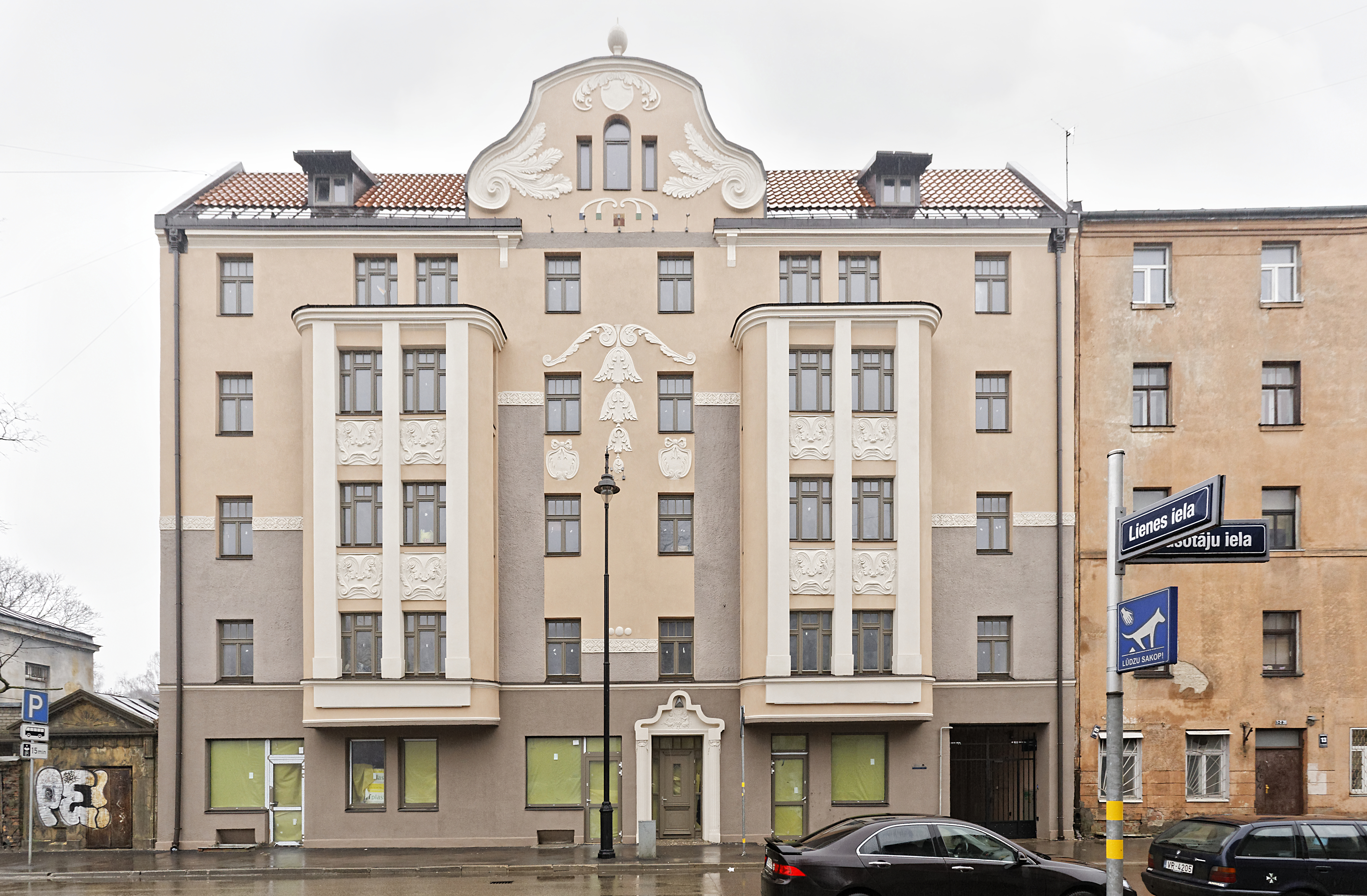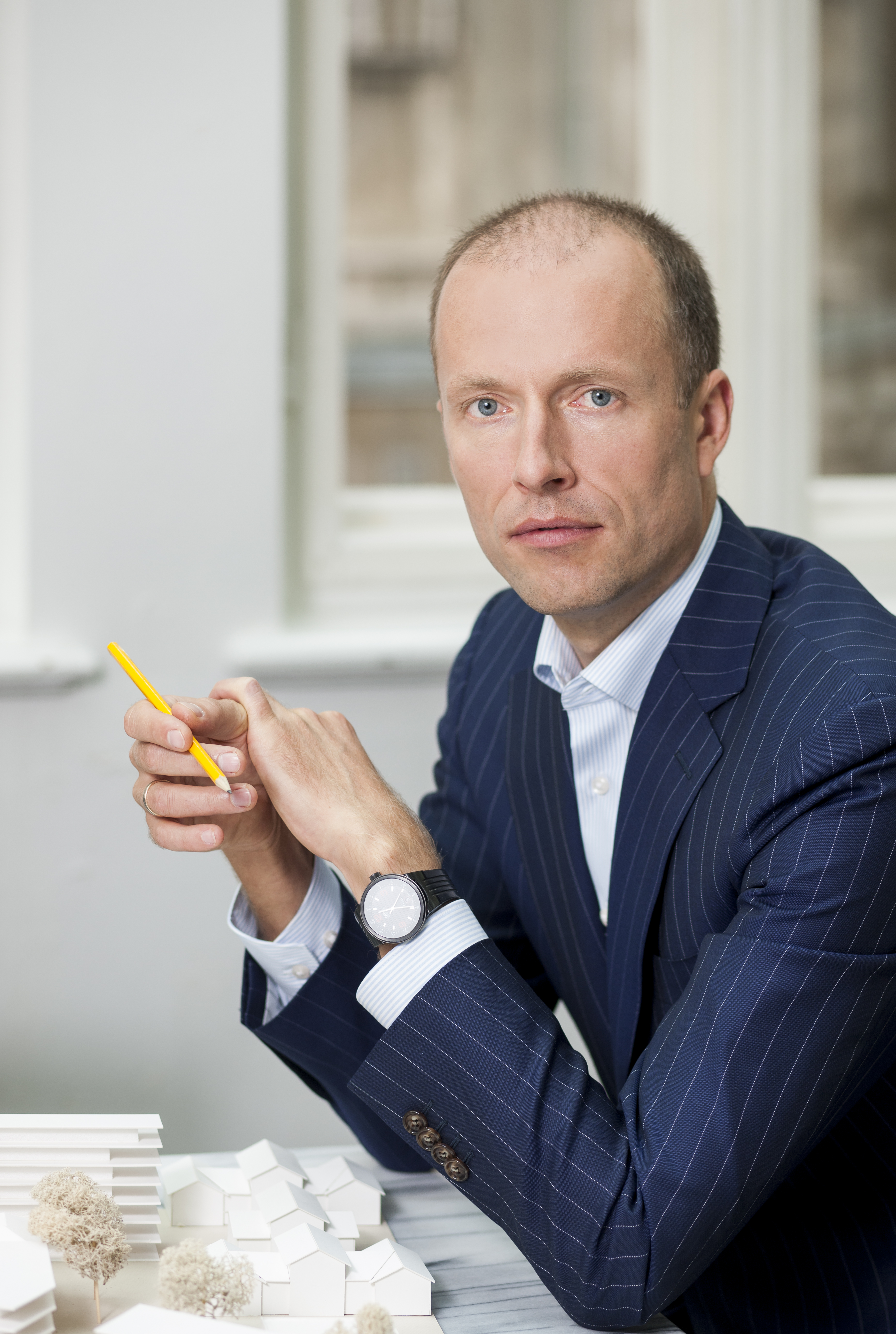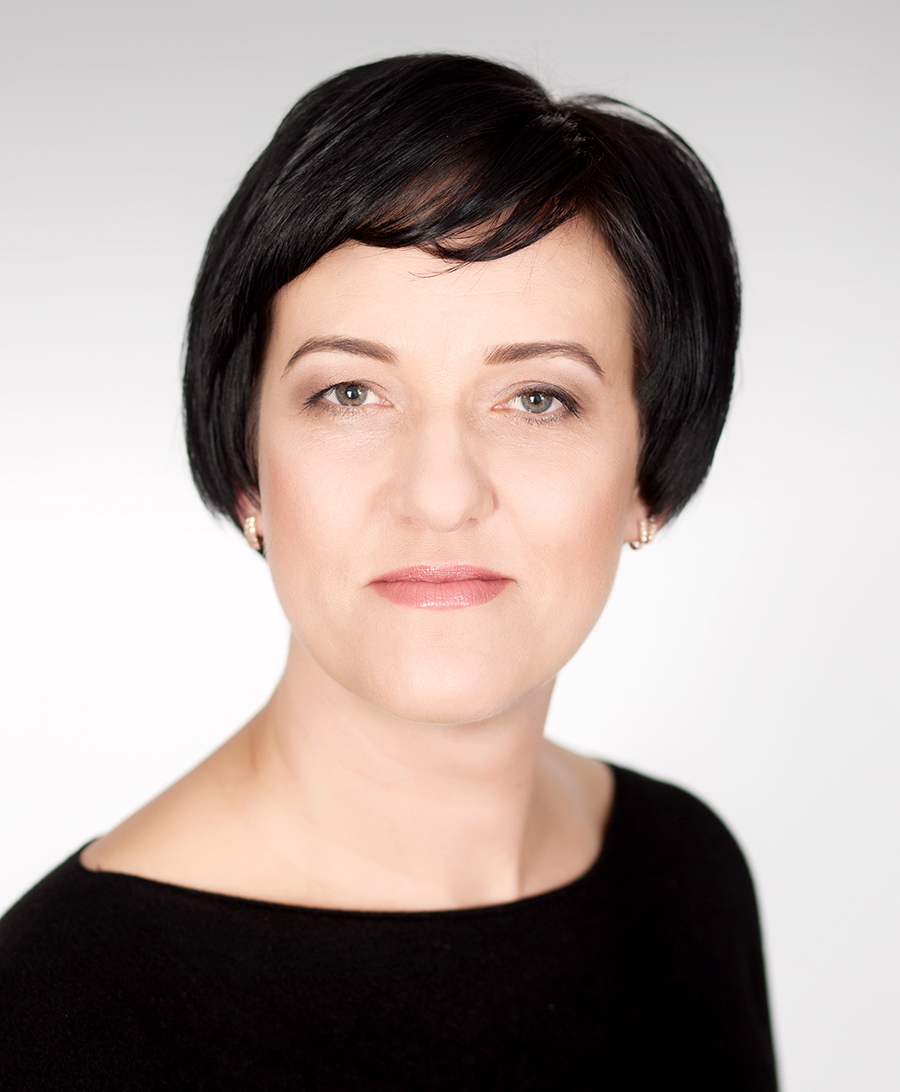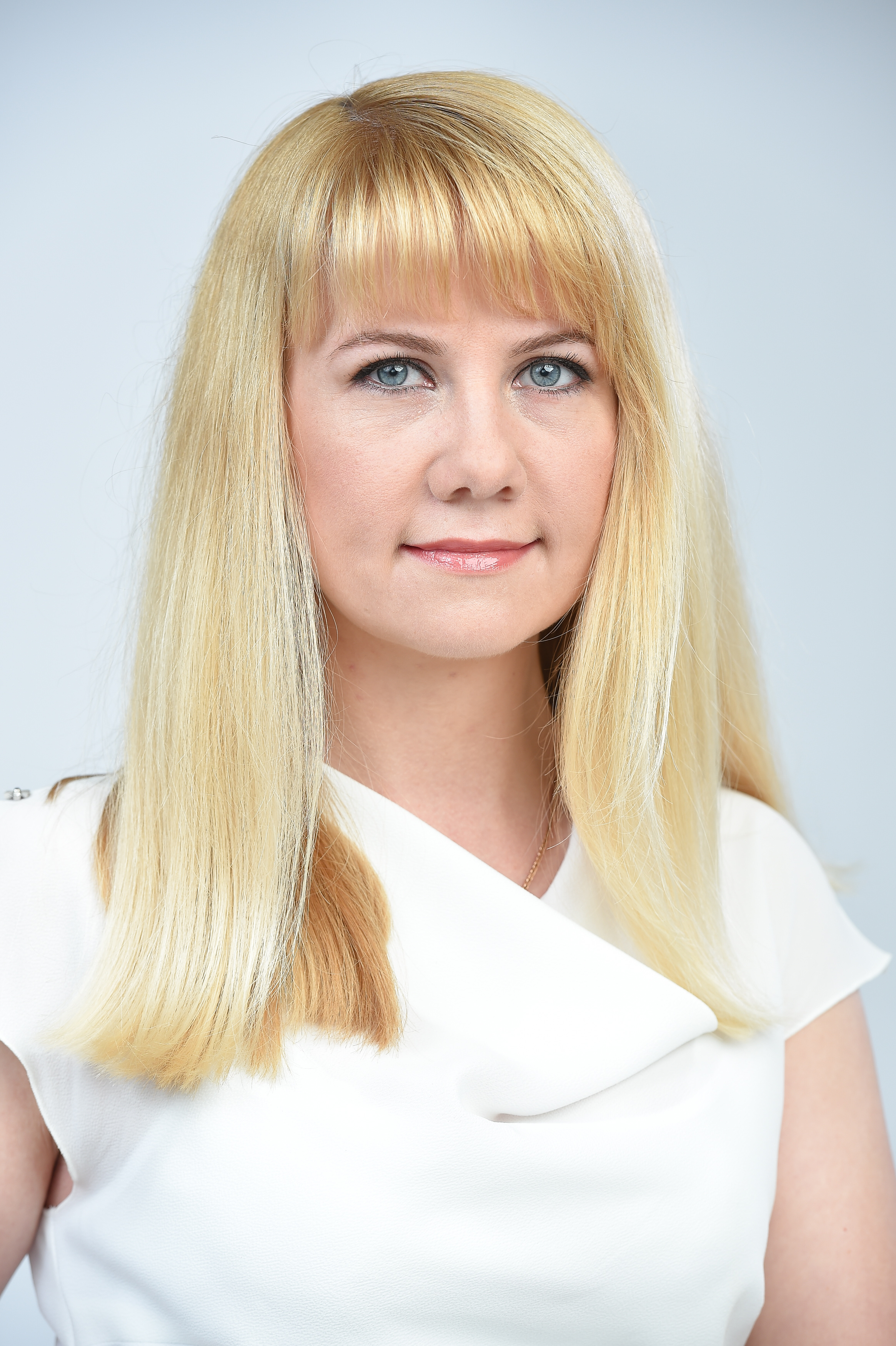 The remote centre of Riga gradually converges with the close centre
The remote centre of Riga gradually converges with the close centre
As a result of development and renewal of the city, borders of the close and remote centre of Riga become increasingly more uncertain and formal, and very often the only aspect, which still shows their existence, are only psychological factors. Experts indicate that compared to many other European cities Riga is very compact and each destination can be reached in a relatively short period of time. Therefore, by implementation of extensive projects being continued, the understanding of borders of the city centre, which is frequently rooted in historical experience, will change and it will have positive impact also on the real estate market. The tender for construction expertise, construction supervision and quality control of construction works of new bridge and embankment complex building of “Rail Baltica” railway line construction at the international railway station in Riga. Riga City Council in cooperation with Danish architects also considers several other solutions, which would allow the city to become more attractive to residents, for example, by closing the car traffic on Krišjāņa Barona Street, thus allowing use of this street only to pedestrians, cyclists and public transport.
Former workers' district turns into contemporary environment
One of integral constituents of the so called remote centre of Riga is the territory in the stage from Čaka Street, railway, Grīziņkalns and Ģertrūdes Street. This neighbourhood of Avotu Street, which is long ago psychologically separated from the close centre of Riga by Čaka Street, also known as “Avoti”, formed in the 19th century, when active industrial growth of Riga took place. This neighbourhood historically developed as a workers' district with many wooden buildings, which were occupied by workers; however, in the course of time, this district is also supplemented by attractive rental buildings. Therefore, it is logical, that also the attractive wooden building renovation centre “Koka Rīga” with its pleasant surroundings is located in this neighbourhood.  As indicated by Gvido Princis, the Chief Architect of Riga city, the aesthetic and mental value of this neighbourhood is significantly increased by investments of Riga City Council in Ziedoņdārzs and Grīziņkalns, and also gradual replacement of street cover is implemented. The architect holds a view, that an essential role in the nature of real estate of this neighbourhood will be played exactly by buildings with office facilities, contemporary workshops and co-creation centres, whereas rental market will prevail in terms of housing.
As indicated by Gvido Princis, the Chief Architect of Riga city, the aesthetic and mental value of this neighbourhood is significantly increased by investments of Riga City Council in Ziedoņdārzs and Grīziņkalns, and also gradual replacement of street cover is implemented. The architect holds a view, that an essential role in the nature of real estate of this neighbourhood will be played exactly by buildings with office facilities, contemporary workshops and co-creation centres, whereas rental market will prevail in terms of housing.
“An invaluable contribution to raising the value of this neighbourhood will be made by the complex of Daugava Stadium, which is currently re-designed and will modify the “gravity” of all surroundings,” reveals Gvido Princis. The complex will involve a national significance base for sports training and competitions, which, in its turn, will facilitate development of associated businesses, for which it will be favourable to be located nearby and which will serve as a huge magnet both for residents and guests of Riga. Although it will leave the largest impact on the part of Maskava suburb, also the future project of “Rail Baltica” will make positive contribution to the remote centre, as it will be located very close. Currently, Riga City Council carefully follows the progress of the project to be able to react flexibly to potential transformation of the railway embankment for connection with Maskava suburb.
Bonuses – still lower price Baiba Kalniņa, the real estate expert at “IMMOSTATE”, has observed that the barrier between the close and remote city centre is rather psychological; therefore, rental and sales prices in the remote centre are still relatively lower, although construction costs are equal everywhere. Also, from the practical point of view, getting from the Central Passenger Station to Avotu Street neighbourhood is much faster and convenient than, for example, to the Silent centre or Skanstes Street district. Moreover, reconstruction of the Central Passenger Station within the framework of “Rail Baltica” project will give momentum for the entire remote centre, because each new and such an extensive project creates well-organized environment and makes a positive impact on the surrounding neighbourhood on an even broader scale.
Baiba Kalniņa, the real estate expert at “IMMOSTATE”, has observed that the barrier between the close and remote city centre is rather psychological; therefore, rental and sales prices in the remote centre are still relatively lower, although construction costs are equal everywhere. Also, from the practical point of view, getting from the Central Passenger Station to Avotu Street neighbourhood is much faster and convenient than, for example, to the Silent centre or Skanstes Street district. Moreover, reconstruction of the Central Passenger Station within the framework of “Rail Baltica” project will give momentum for the entire remote centre, because each new and such an extensive project creates well-organized environment and makes a positive impact on the surrounding neighbourhood on an even broader scale.
Also the sales price of apartments is currently the lowest here - prices from 1,600 to 2,000 euros per square meter are available for buyers of property in this neighbourhood. “The interest of investors in this neighbourhood increases and increasingly more indications arise, that there is no basis for fear to make investments. This aspect is confirmed also by development projects already implemented in other districts of the remote city centre, for example, at Tallinas Street 86, Krāsotāju Street 11, Miera Street 105, Aristīda Briāna Street 4 and elsewhere,” concludes Baiba Kalniņa.
Although very cautiously, developers are thinking about rental houses increasingly more. At the moment, rent is highly demanded, because generations change, young persons are looking for freedom, flexibility, and they do not want to be “tied” to one property. Also people still remember very well the negative experience caused by the real estate crisis in the past, which reduces appetite and ambitions for their own property. Moreover – although “Altum” programme is implemented actively, many families still have problems with proving their solvency, which means that they are unable to receive a loan for acquisition of real estate.
Movement on the real estate market in the remote centre is promoted also by the fact, that the large and empty house properties start to become a burden to their owners (slum tax, if a property is not maintained properly), whereas income, which is or is not gained from the respective property, very often does not cover the maintenance costs, so it becomes burdensome and owners have to consider selling of these properties. At the same time, also well-organised house properties are created, where owners have invested their funds slowly and gradually, and can afford to offer their properties on the market without hurry. A separate niche of such properties develops, for example, in Čaka Street and Barona Street near the Pupils' Palace.
In Riga, everything is reachable on foot Zane Tetere-Šulce, the architect at “OpenAD”, has observed – if an apartment is cheaper somewhere and the project is well-organised, with an improved yard and some other advantages, the buyer will very often choose exactly such an offer – in the relatively remote centre instead of an object situated in the close centre. She mentions as an example the neighbourhood of Ziedoņdārzs and Sparģeļu Street, where also the Museum "Koka Rīga" is located, and this district is already very attractive. “When arriving at Ziedoņdārzs, many people are pleasantly surprised, how much this place has changed. This shows, that any place can change radically in a relatively short period of time and leave impact on the value of real estate,” concludes Zane Tetere-Šulca. Therefore, the so called psychological close centre square, which is surrounded by Čaka Street, Bruņinieku Street, Valdemāra Street and Old Riga, not always has the decisive role, if a person wants to reside in the centre of Riga. “Riga is convenient for living due to distances – everything is easy reachable and available. Everything can be reached on foot, and, if not, it can definitely be done by bicycle. For example, people in Berlin drive 50 minutes by car from their micro districts to the city centre also if there are no traffic jams; therefore, residents of Riga can truly assess the relations between proximity and distance only when visiting other major cities in Europe and worldwide.
Zane Tetere-Šulce, the architect at “OpenAD”, has observed – if an apartment is cheaper somewhere and the project is well-organised, with an improved yard and some other advantages, the buyer will very often choose exactly such an offer – in the relatively remote centre instead of an object situated in the close centre. She mentions as an example the neighbourhood of Ziedoņdārzs and Sparģeļu Street, where also the Museum "Koka Rīga" is located, and this district is already very attractive. “When arriving at Ziedoņdārzs, many people are pleasantly surprised, how much this place has changed. This shows, that any place can change radically in a relatively short period of time and leave impact on the value of real estate,” concludes Zane Tetere-Šulca. Therefore, the so called psychological close centre square, which is surrounded by Čaka Street, Bruņinieku Street, Valdemāra Street and Old Riga, not always has the decisive role, if a person wants to reside in the centre of Riga. “Riga is convenient for living due to distances – everything is easy reachable and available. Everything can be reached on foot, and, if not, it can definitely be done by bicycle. For example, people in Berlin drive 50 minutes by car from their micro districts to the city centre also if there are no traffic jams; therefore, residents of Riga can truly assess the relations between proximity and distance only when visiting other major cities in Europe and worldwide. Also Vera Dorohova, the Head of “Luminor” Centre for External Cooperation Partners, confirms that from the point of view of funding provider, there is no significant difference, whether a property is situated, for example, in the close or remote centre of Riga. Funding is granted on the basis of the current market evaluation, which helps to avoid unnecessary risks. Of course, there are instances, when a bank refuses to grant funding, but in Riga it does not happen due to location of property. The funding provider assesses a set of several factors as technical condition of property, legal aspects (status, encumbrances etc.), location, attractiveness on the secondary market. The more valuable and liquid properties are, the more positive will be the attitude of the bank.
Also Vera Dorohova, the Head of “Luminor” Centre for External Cooperation Partners, confirms that from the point of view of funding provider, there is no significant difference, whether a property is situated, for example, in the close or remote centre of Riga. Funding is granted on the basis of the current market evaluation, which helps to avoid unnecessary risks. Of course, there are instances, when a bank refuses to grant funding, but in Riga it does not happen due to location of property. The funding provider assesses a set of several factors as technical condition of property, legal aspects (status, encumbrances etc.), location, attractiveness on the secondary market. The more valuable and liquid properties are, the more positive will be the attitude of the bank.
Considering the opinion of experts, it can be predicted quite surely, that the remote centre of Riga will have an increasingly more stable position on the real estate market in the coming years, constantly becoming more attractive and desirable in the eyes of participants of the real estate market.
